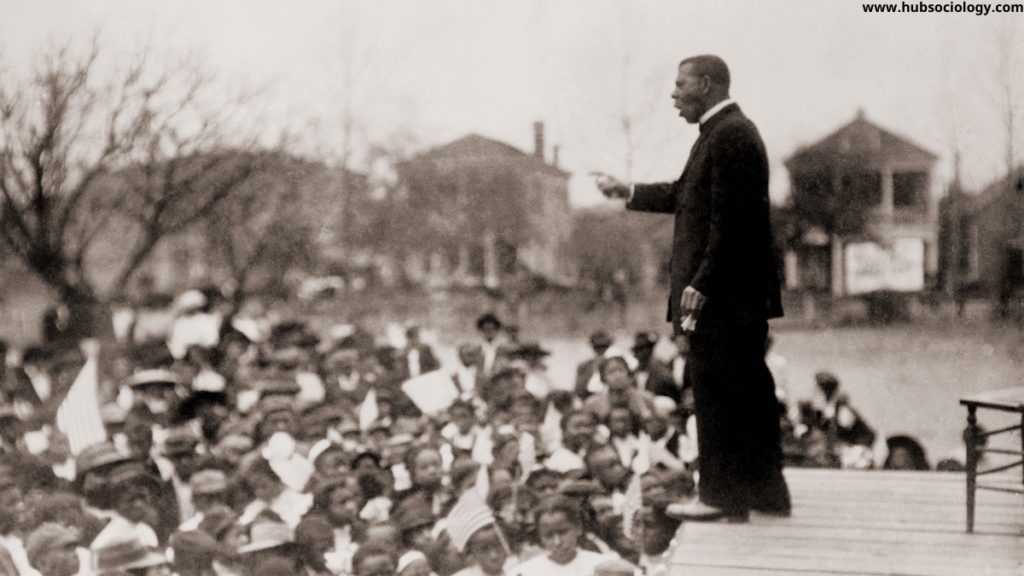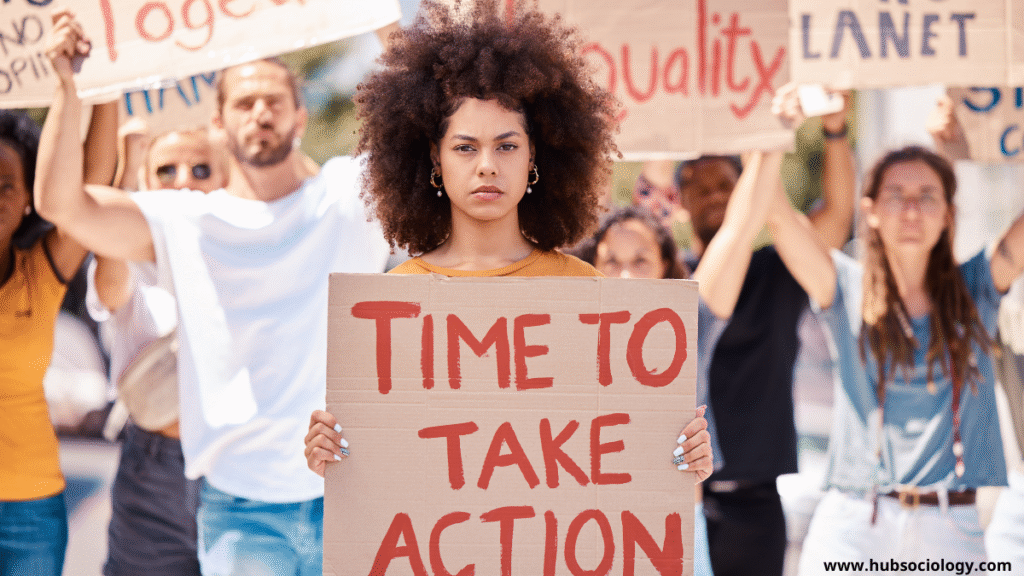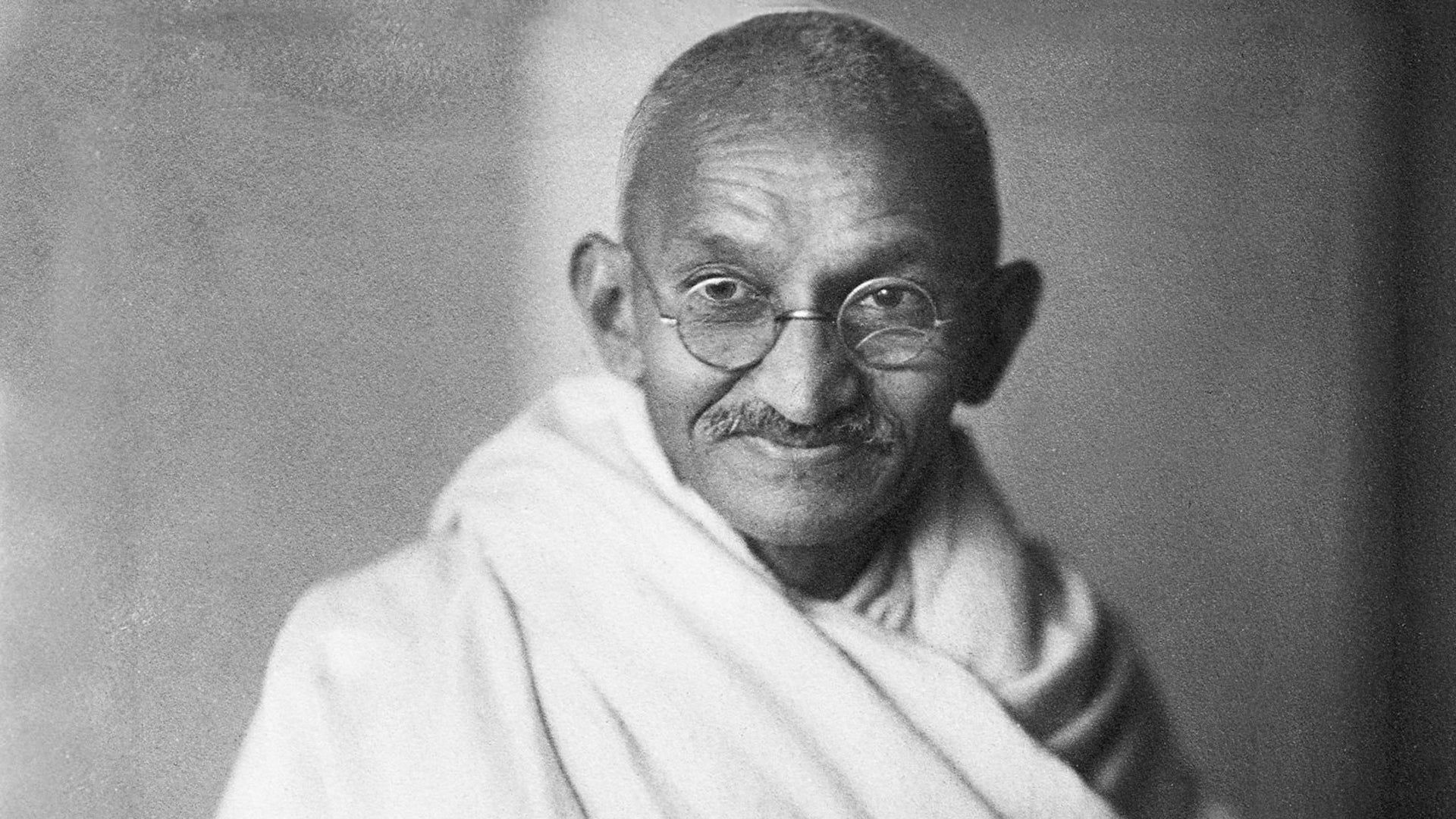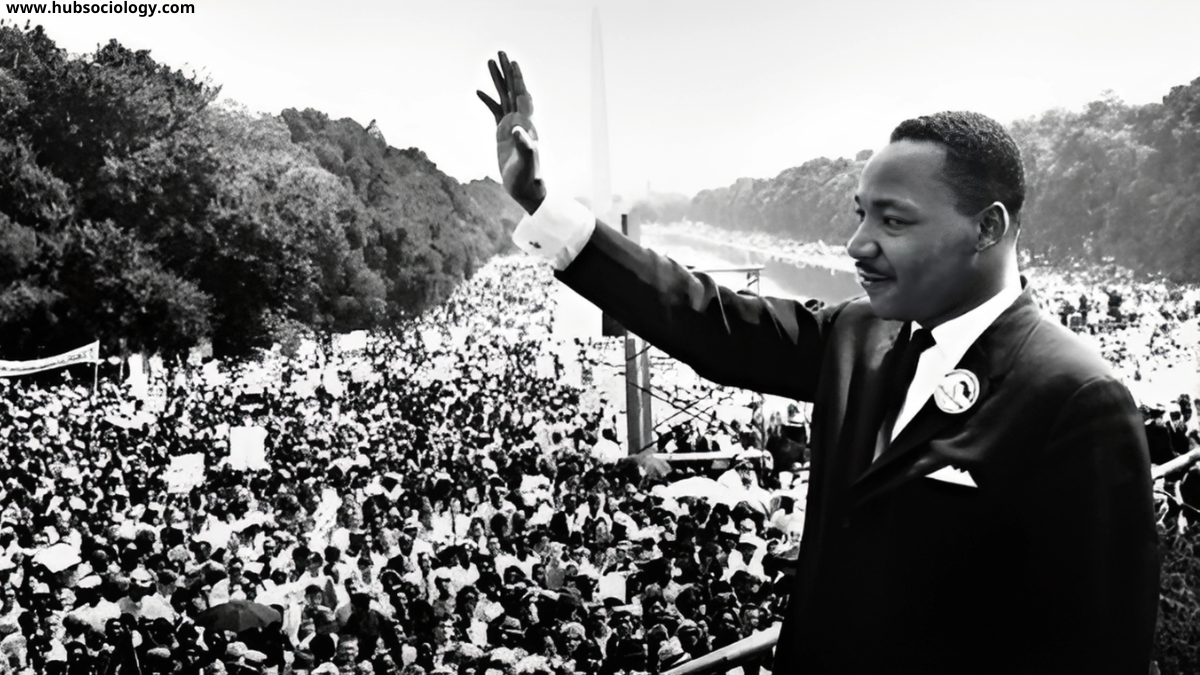Introduction on Role of Leadership and Ideology
Social movements are collective efforts by groups of people who seek to bring about, resist, or reverse social change. They represent organized challenges to existing power structures, social norms, and cultural values. In sociology, social movements are analyzed not only in terms of their goals and strategies but also through the deeper forces that sustain them. Two of the most crucial dimensions shaping social movements are leadership and ideology. Leadership gives movements direction, organizational capacity, and strategic effectiveness, while ideology provides meaning, legitimacy, and moral justification for collective action.
This article examines the role of leadership and ideology in social movements from a sociological perspective. It will explore how these elements interact, shape participation, sustain momentum, and influence the eventual outcomes of social movements.
Understanding Leadership in Social Movements
Leadership in social movements is not limited to charismatic individuals but is often distributed across networks, organizations, and communities. Sociologists view leadership as a relational process where leaders and followers co-construct meanings and strategies.

1. Types of Leadership
- Charismatic Leadership: Max Weber emphasized charisma as a defining trait in social movements. Charismatic leaders like Mahatma Gandhi, Martin Luther King Jr., or Nelson Mandela mobilized masses through personal appeal and moral authority.
- Bureaucratic Leadership: Some movements require structured leadership with formalized roles and hierarchical organization, such as trade unions or political parties.
- Grassroots Leadership: In many contemporary movements (e.g., environmental or feminist movements), leadership is decentralized, often based on collective decision-making and participatory models.
2. Functions of Leadership
Leadership provides multiple sociological functions in social movements:
- Resource Mobilization: Leaders obtain material, human, and symbolic assets.
- Framing Issues: Leaders present complaints in a style that appeals to the general public and possible backers.
- Strategic Decision-Making: Leaders decide on protests, negotiations, or alliances.
- Maintaining Solidarity: Leaders sustain morale, unity, and trust within the movement.
3. Challenges of Leadership
Leadership in movements also faces dilemmas. Too much centralization may lead to authoritarianism, while lack of coordination can fragment the movement. Leaders often navigate the tension between pragmatism (achieving short-term goals) and radicalism (sticking to ideological purity).
The Role of Ideology in Social Movements
A set of values, beliefs, and concepts that support social norms and offer a framework for understanding the world is referred to as ideology. In social movements, ideology functions as the moral and intellectual foundation that sustains collective action.

1. Defining Ideology in Movements
In sociology, ideology is not just political doctrine but also cultural meaning. It shapes how people understand oppression, envision alternatives, and justify struggles. For example:
- The civil rights movement in the United States drew upon Christian theology, liberal democracy, and human rights ideology.
- The Indian independence movement integrated nationalism, anti-colonial thought, and Gandhian philosophy.
- The feminist movement was grounded in ideologies of gender equality and social justice.
2. Functions of Ideology
- Legitimizing the Movement: Ideology explains why the existing order is unjust and why resistance is necessary.
- Mobilizing Participants: Shared beliefs motivate individuals to join and persist despite risks.
- Defining Identity: Ideology helps create a collective identity (“we” vs. “they”).
- Providing Vision: Ideology outlines the ultimate goals—whether reform, revolution, or cultural transformation.
3. Types of Ideologies in Movements
- Reformist Ideologies: Seek gradual change within existing institutions.
- Revolutionary Ideologies: Advocate systemic overthrow of the existing order.
- Religious or Spiritual Ideologies: Mobilize moral authority and faith traditions.
- Identity-Based Ideologies: Centered on race, gender, ethnicity, or sexuality, emphasizing recognition and equality.
Interrelationship Between Leadership and Ideology
In social movements, ideology and leadership are closely related. Leaders often emerge as interpreters of ideology, translating abstract principles into practical strategies. Conversely, ideology legitimizes leadership by providing moral authority and justifying decision-making.
1. Framing Processes
Sociologist David Snow’s concept of “framing” shows how leaders use ideology to frame grievances, assign blame, and suggest solutions. For instance, environmental leaders frame climate change as not only a scientific crisis but also a moral and generational issue.
2. Charisma and Ideology
Charismatic leaders embody the ideological essence of movements. Gandhi symbolized nonviolence, while Che Guevara represented revolutionary socialism. Their personal lives and sacrifices reinforced ideological commitment.
3. Sustaining Movements
While leadership may be short-lived (due to repression, co-optation, or death), ideology often outlives leaders. For example, leaders of the civil rights movement passed away, but the ideology of racial equality continues to inspire activism.
Case Studies Illustrating the Role of Leadership and Ideology
1. The Indian Independence Movement
- Leadership: Figures like Gandhi, Nehru, and Subhas Chandra Bose played distinct roles—charismatic, organizational, and radical.
- Ideology: Nationalism, anti-imperialism, and Gandhian nonviolence were central ideologies.
- Interaction: Under Gandhi’s direction, nonviolent theory was transformed into tactics for mass mobilization, such as the Salt March.

2. The Civil Rights Movement (U.S.)
- Leadership: Martin Luther King Jr. provided moral authority, while grassroots leaders organized sit-ins and marches.
- Ideology: Grounded in Christian values, democracy, and human rights.
- Impact: Ideology sustained commitment, while leadership translated it into concrete political gains such as the Civil Rights Act (1964).
3. Contemporary Climate Movement
- Leadership: Decentralized, with figures like Greta Thunberg symbolizing youth activism.
- Ideology: Based on environmental justice, intergenerational equity, and sustainability.
- Features: Demonstrates how new movements rely less on hierarchical leadership and more on ideological framing to mobilize global participation.
Sociological Theories on Leadership and Ideology
- Resource Mobilization Theory: Leadership is key in acquiring resources and organizing collective action; ideology provides the moral appeal to attract support.
- New Social Movement Theory: Stresses the importance of ideology and identity rather than material interests; leadership often decentralized.
- Weber’s Authority Types: Explains how charismatic, traditional, or legal-rational authority legitimizes leadership within movements.
- Gramsci’s Hegemony: Highlights ideology as a tool to contest dominant worldviews and create counter-hegemonic cultures.
Challenges in the Role of Leadership and Ideology
- Co-optation: Leaders may be absorbed into mainstream politics, diluting the movement’s ideology.
- Factionalism: Different ideological interpretations can fragment movements.
- Repression: Leaders often face imprisonment or assassination, testing the resilience of ideology.
- Changing Contexts: Globalization, digital media, and state surveillance have reshaped leadership and ideological dissemination.
Conclusion on Role of Leadership and Ideology
From a sociological standpoint, leadership and ideology are indispensable pillars of social movements. Leadership channels collective energy into organized action, while ideology gives meaning, legitimacy, and a vision for change. Their interplay determines whether a movement can mobilize effectively, sustain participation, and achieve its goals.
While leaders may emerge and fade, ideologies often endure, inspiring new generations. In an era of digital activism and decentralized movements, ideology has become even more central as a unifying force, while leadership has transformed into more collective and participatory models. Understanding these dynamics helps sociologists explain not only why movements rise and fall but also how they reshape societies across history.
Exam-style questions on Role of Leadership and Ideology
5 Marks Questions on Role of Leadership and Ideology (Short Answer)
- Define the role of leadership in social movements.
- What is the importance of ideology in social movements?
- Differentiate between charismatic and bureaucratic leadership.
- How does ideology help in creating collective identity?
- Write a short note on framing processes in social movements.
10 Marks Questions on Role of Leadership and Ideology (Medium Answer)
- Discuss the different types of leadership found in social movements with examples.
- Explain the functions of ideology in sustaining social movements.
- How do leadership and ideology interact to influence the success of social movements?
- Evaluate the role of charismatic leaders like Gandhi and Martin Luther King Jr. in shaping movements through ideology.
- Explain how New Social Movement Theory emphasizes ideology and leadership differently from traditional movements.
15 Marks Questions on Role of Leadership and Ideology (Long Answer/Essay Type)
- Critically analyze the role of leadership in mobilizing resources and framing strategies in social movements.
- Examine the functions and significance of ideology in legitimizing and sustaining social movements, with suitable examples.
- Discuss, with case studies, how leadership and ideology together shape the trajectory of social movements.
- Compare the role of leadership and ideology in classical movements (e.g., Indian Independence, Civil Rights Movement) with contemporary movements (e.g., Climate Activism, Feminist Movements).
- “While leadership may fade, ideology continues to inspire future struggles.” Discuss this statement in light of sociological theories.
